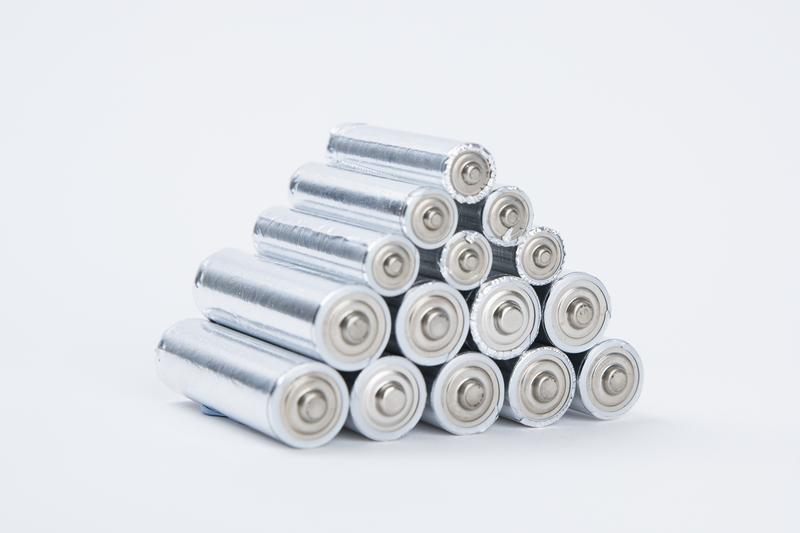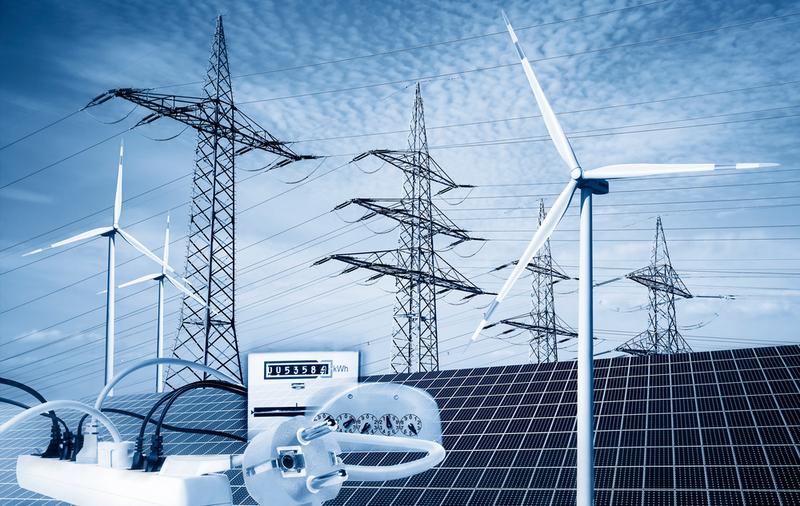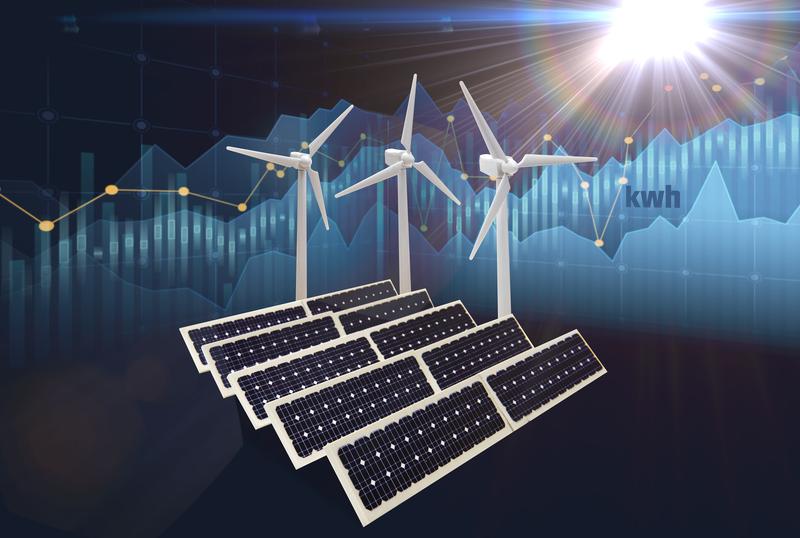Everything You Should Know About 2024 PERC Solar Panels
Inverters play a very important role in solar energy systems. They are the crucial devices that convert the DC generated by solar panels into the AC that household appliances use. Without an inverter, the electricity generated by solar panels cannot be used directly to power the house.
There are a few main types of solar inverters: string inverters, micro inverters, and string inverters with power optimizers. Each type of inverter is suitable for different application scenarios, and the right type of inverter for your solar system is critical to the performance and cost-effectiveness of your system. We can help you determine which inverter will work best for your solar panel system so that you truly get the best performance and value for your money.
Introduction to String Inverters
String inverters form the centerpiece of home solar systems and are usually mounted near the main service panel or meter. These inverters convert the DC generated by a group of solar panels into AC that the appliances can use. However, the performance of string inverters is limited by the least efficient panel in the same string. If any one of the panels in a string is shaded or poorly performing, the entire string’s power generation is impacted since all of the panels’ output is matched to the worst performer’s.
This notwithstanding, string inverters remain a favorite for residential customers due to their ease of installation and suitability for solar systems installed on unshaded roofs. In order to improve the system’s efficiency and reduce the impact of shading on power generation performance, string inverters are usually installed with DC power optimizers, or simply known as power optimizers, mounted on the back of each panel to independently track and maximize the peak output of each panel. These devices help to increase the energy yield of the whole system by keeping the voltage in check before the power is delivered to the inverter.
Introduction to Microinverters
Micro inverters, much like string inverters, are also responsible for converting the DC generated into AC that household appliances can use but work a little differently. These micro inverters are mounted underneath each solar panel, and some models even support the connection of two or four panels per unit. Unlike string inverters, which connect multiple panels in series, micro inverters do the DC to AC conversion independently after each panel, which means they can optimize the performance of each panel individually.
Because micro inverters are in a parallel circuit, they are not limited by the least efficient panel in the string, and each panel contributes its maximum power generation independently. This design makes micro inverters particularly well suited for complex solar systems installed on several different roof surfaces. This will mean that even if one panel, because of shading or orientation problems, is not producing at full capacity, it will not reduce the output of the other panels, hence increasing the energy yield and efficiency of the whole system. Being an innovative technology in the solar industry, micro inverters are favored for their ability to maximize the capacity of each individual panel, especially in installations where the conditions of shading are inconsistent or panel orientations are varied.
Microinverters vs. String Inverters
Here is the comparison table between string inverters and micro inverters :
Feature | String Inverters | Micro inverters |
Simplicity | Simple system with one inverter; troubleshooting and repair are relatively easy. | Complex system with one micro inverter per solar panel; troubleshooting may require more time and labor. |
Cost | Typically cheaper than other inverter options, but may require pairing with optimizers or rapid shutdown devices, increasing costs. | No additional equipment needed to meet electrical code requirements, but the higher number of devices may lead to a higher total cost. |
Impact | An issue with one panel can affect the energy production of the entire string, reducing home electricity generation. | Each panel operates independently; an issue with one panel does not affect others. |
System Design | Not suitable for complex system designs, especially when panels are on multiple roof surfaces. | Suitable for complex system designs and easy to add more solar panels to existing systems. |
Lifespan | Typically 10 years, may require replacement at least once. | 25 years, matching the lifespan of solar panels. |
Shading Issues | Subject to shading issues, where the shade on one panel affects the performance of the entire string. | No shading issues, as each panel independently produces alternating current (AC). |
Impact of Failure | If the inverter fails, the entire system will be offline until repaired. | If a micro inverter fails, the rest of the system can continue to operate and supply solar power to the house. |
Potential Failure Points | Fewer potential failure points because there is only one inverter. | More potential failure points due to the higher number of devices. |
This table summarizes the main differences between string inverters and micro inverters in terms of various characteristics, which can help users make a more suitable choice based on their needs and preferences.
String inverters or micro inverters, which is better for linking solar panels
For a small home solar system, the choice of string inverter or micro inverter, and which is more suitable for connecting solar panels, needs to be determined by the specific needs and characteristics of the system.
These can be suitable for smaller centralized power plants and rooftop photovoltaic systems. Inverters take the combined DC output of multiple solar panels connected in series and convert this DC into AC. These are relatively small in size and light, allowing for easy installation on the back of panels and maximization of power generation. String inverters also perform quite well in ideal conditions and at a fairly low cost.
Micro inverters are installed directly on each solar panel and invert DC power right at the power source. Operating on a per-panel basis, each separate solar panel in the installation has an inverter dedicated to itself. The advantages of micro inverters include higher performance and independent operation of each panel, meaning that when one has a problem or shade, the others are not affected. Added to this, it grants better energy harvesting, mainly for partially shaded or complex installations, while minute monitoring of each panel aids in quicker identification and resolution of problems.
The choice of a string inverter could work in your favor in case your layout for a solar system is comparatively uncomplicated, you operate on a limited budget, and most of the panel conditions remain uniform. Whereas, if you have a complex system design, want to maximize the performance of each solar panel, or want to reduce future maintenance, then a micro inverter may be better suited to your needs. While having a higher upfront cost, micro inverters may prove to be more cost-effective in the long run due to their high efficiency and lower maintenance costs.
For a small home solar system, which one would be more suitable: micro inverters or string inverters?
Several factors must be considered when determining which inverter will be cheaper for a small home solar system. The total system cost, efficiency, reliability, and maintenance cost need to be taken into consideration.
String inverters: These are the most commonly used inverters for residential solar systems. They are connected in a series to a number of solar panels, which are usually cheaper and easier to install. However, they lose some efficiency if one or more panels in the string are shaded or fail.
Micro inverters: Each of the solar panels is installed with a micro inverter, which converts DC power directly to AC power at each panel. Since each operates independently, this technology offers even further optimization of the energy produced, especially if the roof has problems with shading or if the panels have different orientations. Micro inverters are usually much efficient, with efficiencies of 95% or higher, and because of their modular build, even when one micro inverter goes bad, it will not affect the entire operation of the system.
Economy Comparison: The cost of micro inverters is relatively high because the technologies and materials used are a bit more advanced, and it costs more to manufacture. However, because of its high efficiency, high reliability, and other characteristics, it can reduce the operating cost of the system and improve the economy of the system. In contrast, ordinary inverters have relatively low costs mainly because the technologies and materials they use are more mature, with lower manufacturing costs. However, it can raise the operating cost of the system because of its characteristics such as lower efficiency and relatively poor reliability.
Being cost-effective does not mean you select the worst inverter to match and fit your solar panel performance in relation to budget. Tell your installation team about recommended inverter models and what they may think about the appropriateness of your system, too. If you are going to buy one now, consider us and give us a chance to tell you all about them – professionally!
FAQs
Is there a power outage in Paris right now?
As of the latest reports, Paris is not currently experiencing any widespread power outages. A recent outage on July 27, 2024, affected parts of the city but was resolved within minutes.
What caused the Paris power outage in 2024?
The July 2024 outage was caused by a technical anomaly in the grid, impacting around 85,000 customers across four districts of Paris.
How can solar energy help during a power outage?
Solar systems with battery storage can provide backup power during outages, ensuring uninterrupted electricity for homes and businesses.



